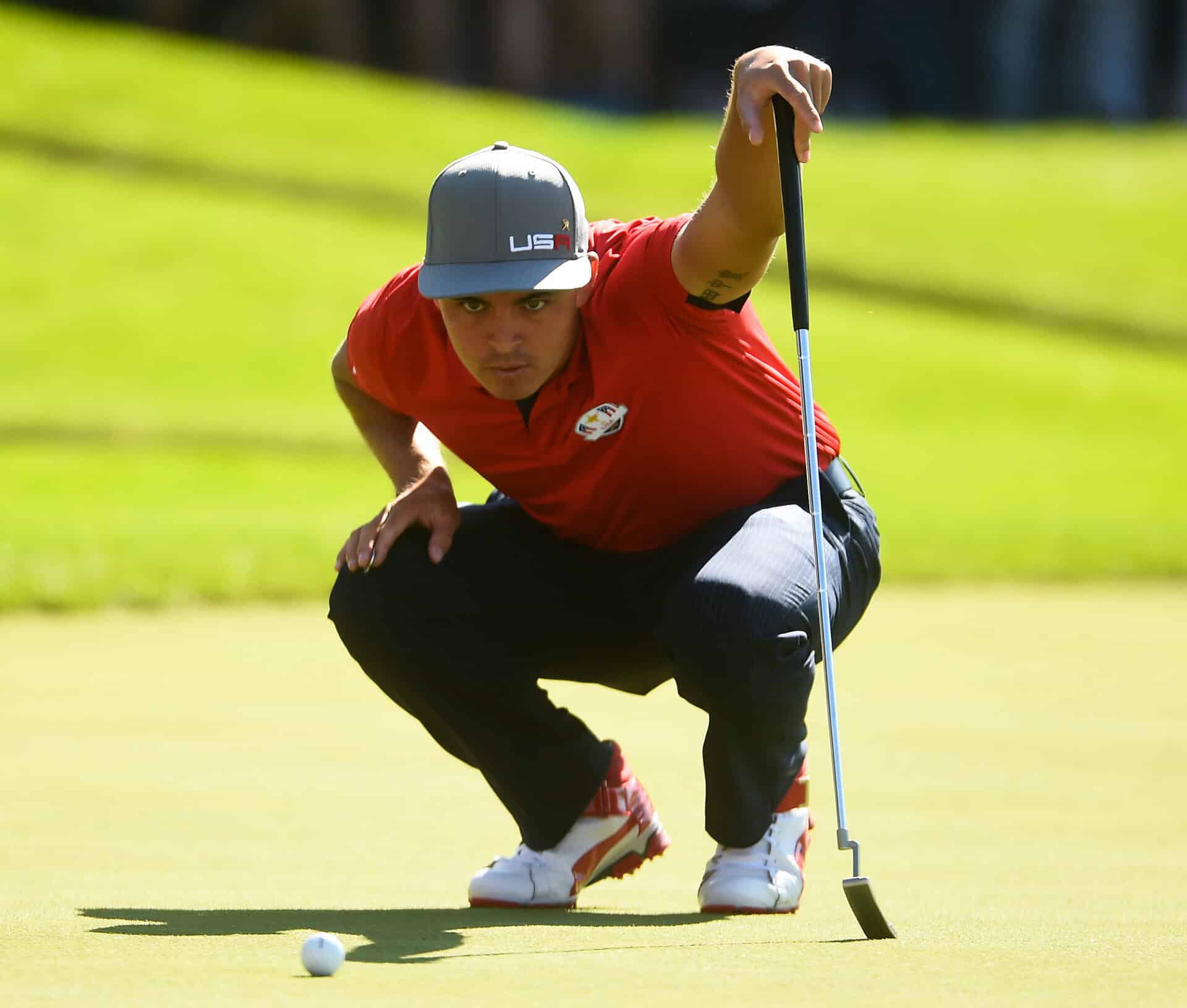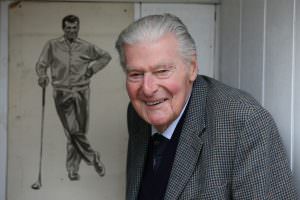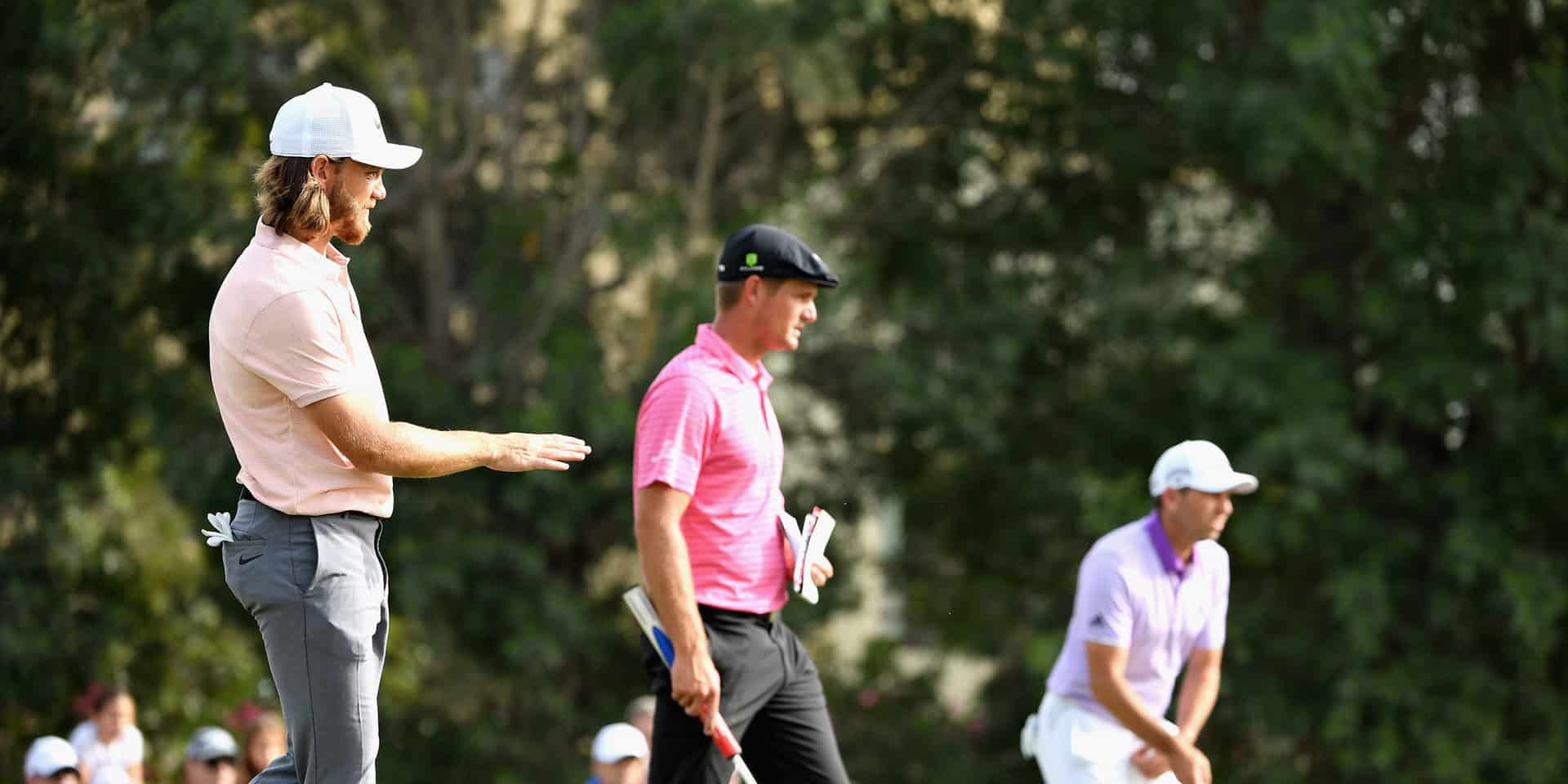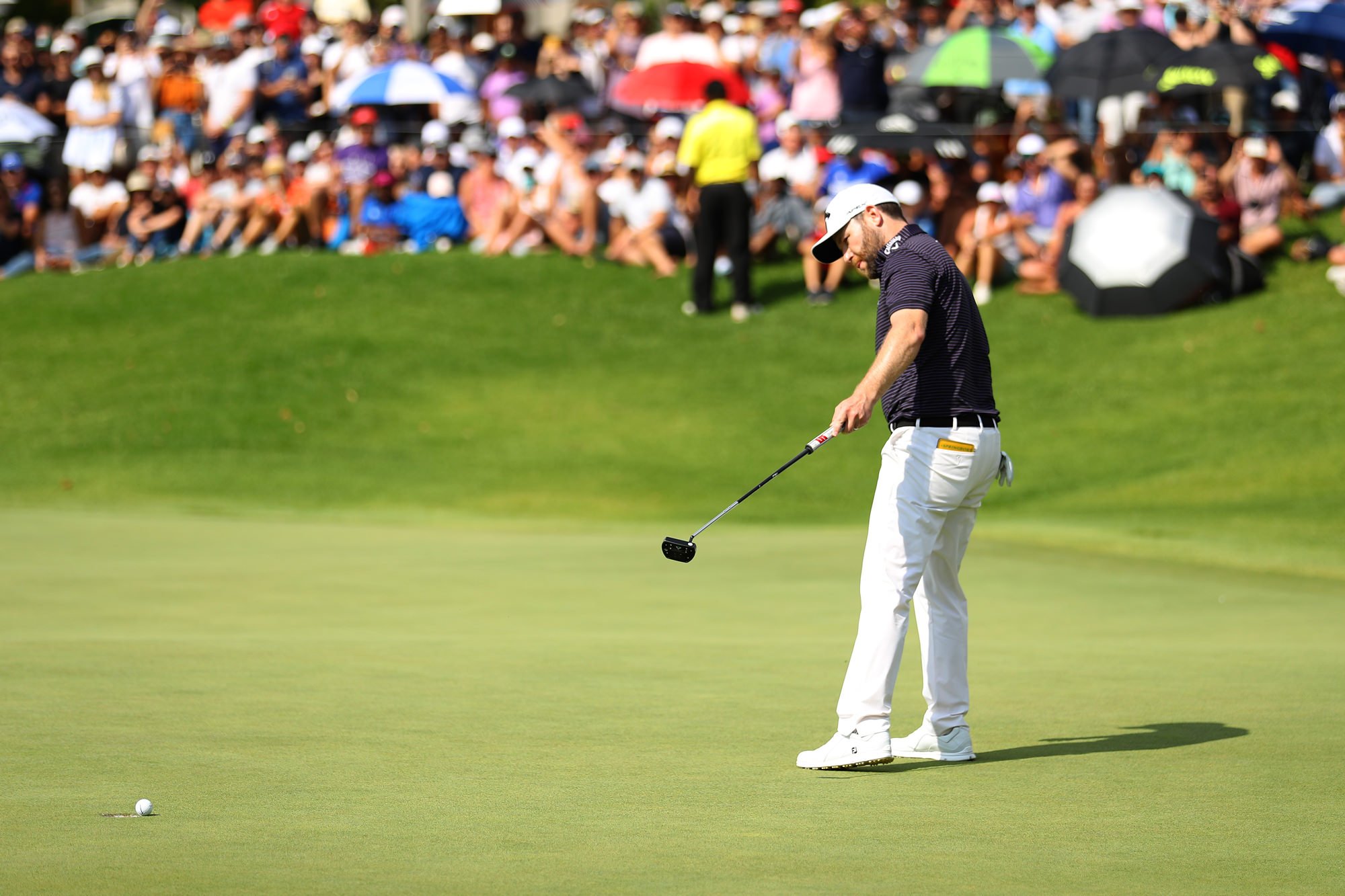
Get creative like Tiger – you’ll soon see your scores come down
I recently got back from a two-week trip to China to do Mind Factor training for more than 120 coaches.
It is a fascinating country to see. Mission Hills in Shenzhen, near to where we based the first training, has 12 courses and the number of permanent caddies is in the thousands.
The speed at which things move over in China is a true force to behold. Within golf it was wonderful to see the enthusiasm brought to the table by the mainly young coaches eager to progress their ability to coach the whole game and not just the swing.
While I was over there I had the good fortune to meet Rudy Duran, Tiger Woods‘ first coach, pictured below sitting alongside me.
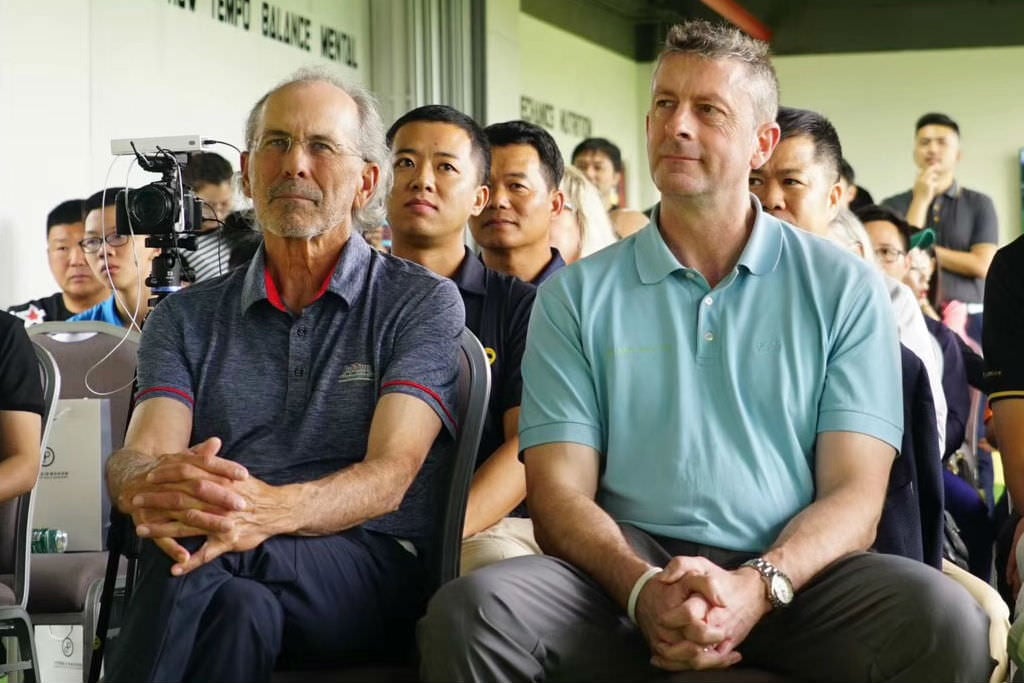
Rudy was in Shenzhen to organise and oversee some junior programmes. We got chance to sit down and record a podcast for my Brain Booster show. He was a fascinating man to listen to.
He told me that the first he saw of Tiger was when his mother, Tida, brought him to see if he could be part of his junior program. He was five years old at the time and they went straight out onto the tee for a lesson.
He had with him a 2-wood which, to Tiger’s late father Earl’s great credit, had been made to fit perfectly.
Rudy remembers the scene vividly as he hit balls one after another almost perfectly. They only went about 50 yards but they were perfect mini golf shots with a hint of a draw.
He said he knew straight away this little boy was going to be something special.
They began working on his game and even at the age of five it was all about golf shots not golf swings. Rudy would work with Tiger around the greens and play chip shots with different trajectories – high ones, low ones, shots that stopped, shots that ran out. He just loved to create different golf shots.
They never really talked about the golf swing. Tiger wouldn’t have known about the position at the top of the swing or when he set his wrists. If he wanted to play a certain shot shape, Rudy indicated that he may have offered some suggestions as to how the club might feel through the ball to affect the flight of the shot but it was never technical.
The sessions were all about creating an environment of fun and learning. They spent a lot of time on the golf course. Tiger loved to play and compete.
Rudy created ‘Tiger Par’ so the par of the hole was adjusted relative to how far he hit the ball at that point in time. As he began to hit the ball further the ‘par’ was adjusted accordingly. At the age of five he went out and shot 8-under against his par, choosing all his own shots and picking all of his own clubs.
He didn’t hit the ball much further than 50 yards but around the green he was just like a mini tour pro. His short game was phenomenal, mainly due to the fact that he had such a creative imagination.
As Tiger got better and better at the game he and Earl began to look at all areas to improve. Earl had a friend from his days in the military, Jay Brunza, who was a Navy psychologist. He would caddie for Tiger and he helped him to develop an understanding of the role of the mind in becoming the best player he could possibly be.
Far from being the obsessive father he has often been portrayed, Earl just created the opportunity for Tiger to develop. (According to Rudy, Earl was just as interested in his own game and how he could play better as he was in Tiger.)
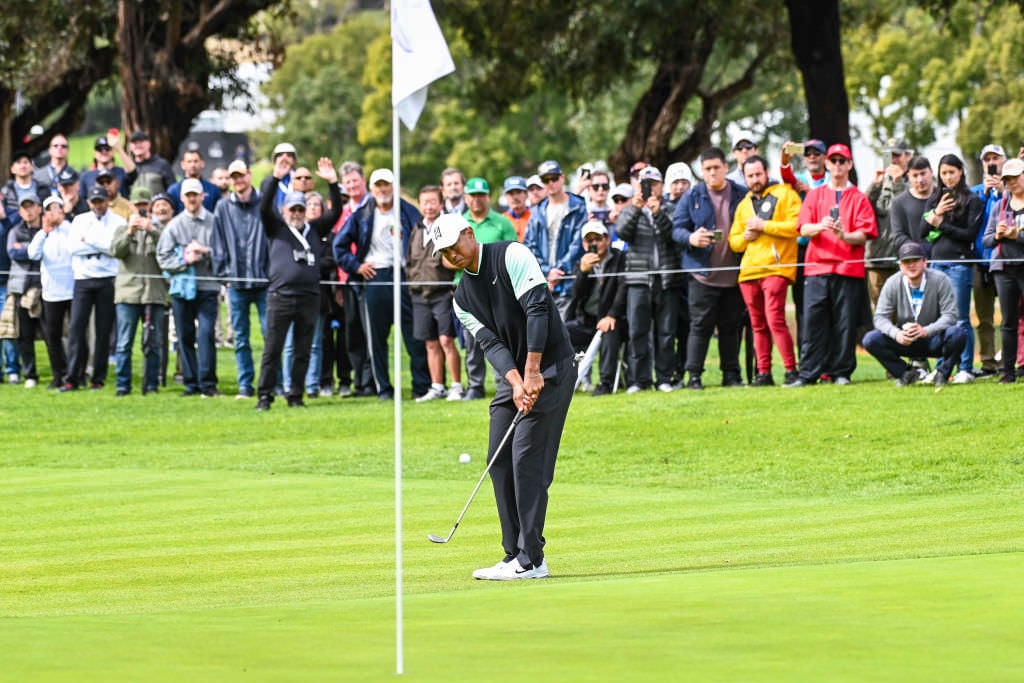
Rudy explained that his own coaching has evolved over the years and now he spends very little time telling students what to do. Instead he just gives them options to explore. Options that allow the player to develop their own game as opposed to trying to fit them into a model he might have in his mind.
It is all about the shots we play not the details of how the swing looks, Rudy said. A fade is not a bad shot. It may be inappropriate for this particular moment but if you can remember how it feels to play a fade then you have the shot for when you need it.
Building awareness of your own game is a vital skill to develop.
You need to uncover your way to play. You also need to have the freedom to explore by having a better relationship to poor outcomes.
Those in the coaching business need to provide an environment allowing exploration and a willingness to test out what happens with the ball when we apply the club in certain ways.
It was a wonderful experience to share ideas with a coach who helped one of the greatest players of all time to develop. Rudy was very humble and he made it clear that for him it was all about “drawing out the talent” of the individual as opposed to “putting in lots of information”.
A great message for us all.

And breathe! Is this the secret behind McDowell’s comeback?
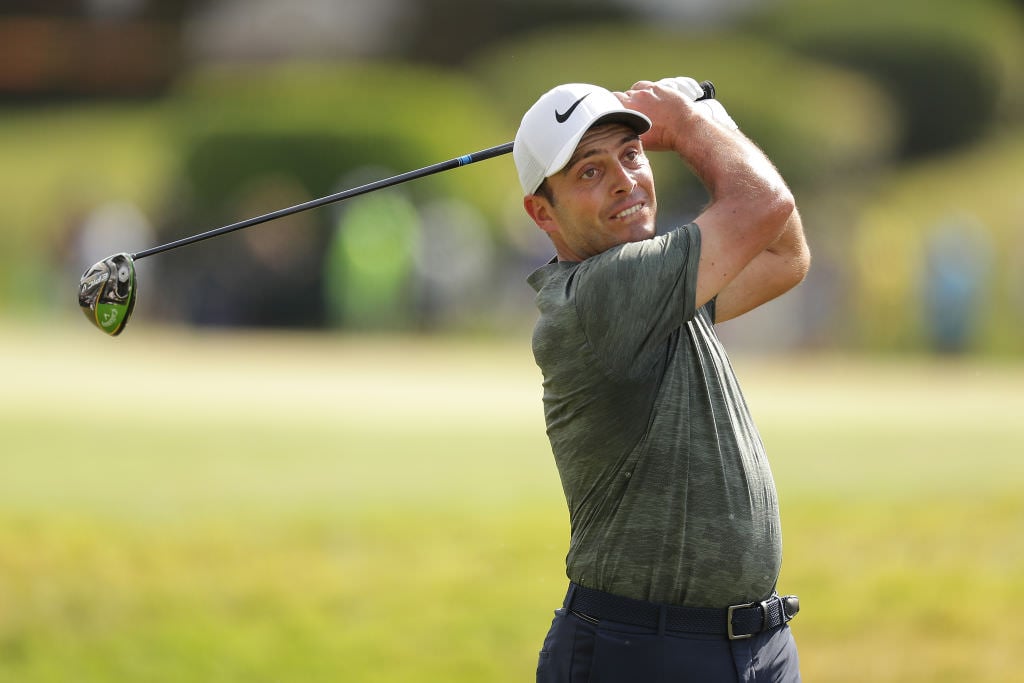
You will hit bad shots – get over them and you’ll score better
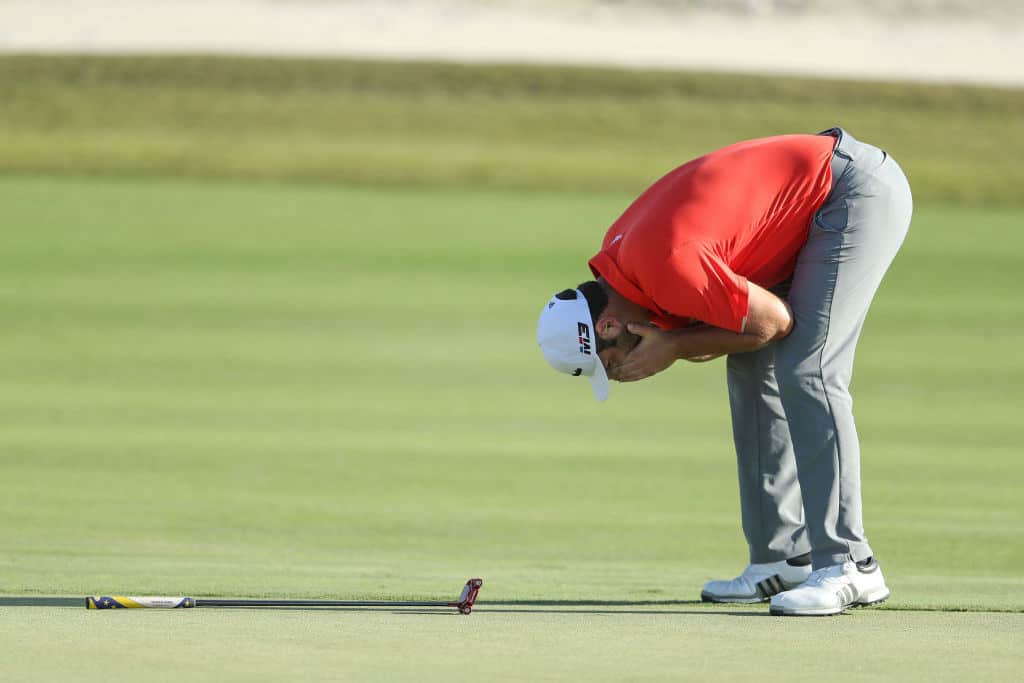
Keep calm and carry on – it will improve your golf and life
Alex Perry

Alex has been the editor of National Club Golfer since 2017. A Devonian who enjoys wittering on about his south west roots, Alex moved north to join NCG after more than a decade in London, the last five of which were with ESPN. Away from golf, Alex follows Torquay United and spends too much time playing his PlayStation or his guitar and not enough time practising his short game.




